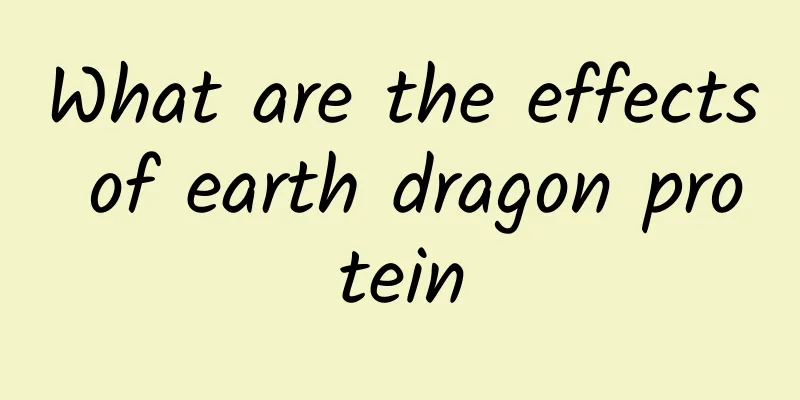Sequelae of adrenalectomy

|
After adrenalectomy, the patient may experience cell degeneration or inflammation in the body within a short period of time. These sequelae generally do not occur easily, but only occur in some specific groups, so everyone needs to pay special attention and choose the appropriate treatment plan according to their personal physical condition to ensure that the disease does not worsen. Partial adrenalectomy (tumor removal) and total adrenalectomy 1. Indications for partial adrenalectomy (tumor resection) Adrenalectomy was once the treatment of choice for adrenal mass lesions. Although the first partial adrenalectomy was performed as early as 1934, it has only become a routine surgery in the past decade, thanks to the popularization of modern imaging technology, the updating of surgical equipment, and the improvement of surgical skills. The main indications for partial adrenalectomy are lesions occurring in a solitary adrenal gland, bilateral adrenal lesions, and adrenal lesions in patients with a familial or genetic background. Radical adrenalectomy should be performed for adrenal cortical carcinoma, metastatic tumors, and unilateral adrenal multiple functional adenomas or nodules. 2. Pheochromocytoma (PHEO) The "Clinical Guidelines for Pheochromocytoma and Paraganglioma" jointly launched by the American and European Endocrine Societies in 2014 pointed out that for hereditary PHEO and small tumors on the contralateral side that have been completely resected, partial adrenalectomy is recommended to preserve part of the adrenal cortex and avoid permanent hypocorticosteroids. For patients who have undergone total adrenalectomy on the contralateral side, partial adrenalectomy can preserve sufficient adrenal cortex, and about 90% of patients do not need supplemental glucocorticoids and mineralocorticoids after surgery. However, the larger the tumor, the less cortex is retained, and the greater the possibility of needing hormone supplementation after surgery. The recurrence of adrenal tumors cannot be ignored after partial resection. The recurrence rate of VHL patients is 10% to 15% 10 years after surgery. The cumulative recurrence rate of the ipsilateral and contralateral glands in MEN2 patients after adrenal sparing surgery was 38.5% at 5 and 10 years. Grubbs et al. [6] performed partial adrenalectomy in 96 patients with hereditary bilateral PHEO (mainly MEN2, VHL-positive) and found that the 3-year recurrence rate of residual glandular tumors was 7%, and 78% of the patients did not require hormone supplementation. The complications of reoperation to remove recurrent tumors are higher than those of the initial surgery, so open surgery can be chosen. 3. ACTH-independent Cushing syndrome (CS) Laparoscopic adrenal-sparing tumor resection is recommended for primary adrenal adenomas that secrete cortisol. Macronodular adrenal hyperplasia (AIMAH) and primary pigmented nodular adrenal disease (PPNAD) were once considered the first choice for bilateral adrenalectomy, followed by lifelong corticosteroid replacement. However, Takata observed that even with postoperative corticosteroid supplementation, 23% of patients were still at risk of acute adrenal insufficiency and excessive hormone supplementation. Therefore, considering that AIMAH and PPNAD are benign lesions, adrenal-sparing surgery is a relatively reasonable option despite the risk of secondary surgery. For patients with moderately elevated urinary free cortisol (UFC) and a large difference in adrenal gland volume, it is recommended to remove the adrenal gland with obvious hyperplasia first. For patients with obvious CS symptoms and significantly elevated UFC, complete adrenalectomy on one side and partial adrenalectomy on the other side are recommended. The surgery can be completed in one stage on both sides or in stages. Laparoscopic surgery is recommended. 4. Primary Aldosteronism (PHA) For aldosterone-producing adenoma (APA), the CUA diagnosis and treatment guidelines recommend laparoscopic adrenal tumor resection as the first choice, preserving adrenal tissue as much as possible. If multiple APAs are suspected, complete adrenalectomy on the affected side is recommended. Laparoscopic adrenalectomy on the aldosterone-dominant secreting side is recommended for unilateral adrenal hyperplasia (UAH). Yang Qing et al performed retroperitoneoscopic adrenal adenoma enucleation (145 cases) or ipsilateral adrenalectomy (51 cases) on 196 patients with APA. None of the 196 patients showed symptoms of cortical insufficiency such as palpitations, fatigue, fever, and hypotension after the operation. During the follow-up period of 6 months to 3 years (average 1.8 years), the blood pressure of 168 patients (85.7%) returned to normal, and the blood pressure of 27 patients (13.8%) was higher than the normal range. Retroperitoneoscopic partial adrenalectomy (tumor removal) is safe and effective, and can preserve the corresponding adrenal cortical function. The American and European Endocrine Society diagnostic and treatment guidelines recommend laparoscopic complete adrenalectomy for APA and unilateral adrenal hyperplasia (UAH). Idiopathic aldosteronism (IHA) and familial aldosteronism (FH/GRA) are mainly treated with drugs. However, when patients are unable to adhere to medical treatment due to drug side effects, surgery can be considered to remove the adrenal gland that secretes more aldosterone or is larger in size. The cure rate for hypertension after unilateral or bilateral adrenalectomy is only 19%. |
Recommend
Causes of stillbirth during pregnancy
Stillbirth refers to the situation where the baby...
Chinese herbal tea to boost immunity
When the resistance and immunity are improved, it...
What to eat when platelets are low and bleeding
There are many reasons for low platelet count and...
There are movable pimples under the eyes
There should not be any foreign matter in the eye...
What is herpetic gingivostomatitis
We should all be familiar with herpetic gingivost...
What does it mean to take medicine all at once?
Taking medicine all at once is a method of taking...
What if I feel like I'm falling from a height while sleeping?
If you feel like you are falling from a height wh...
Why do I smell like urine?
A person may have some smell on his body. If a pe...
Hemangioma on hand
The hands are one of the parts of the body where h...
What causes a baby’s hoarse throat? what to do?
The baby's body is fragile, not fully develop...
What are the possible causes of shadows on the lungs?
The reasons for the shadows on the lungs are very...
Chinese medicine facial diagnosis five internal organs reflexology map
The face is a window for us to face the outside w...
Causes of peeling skin between toes
Peeling of the skin between the toes is quite com...
Is there any impact if the coccyx is crooked?
The human coccyx is a functionally degenerate str...
Typical manifestations of phlegm-dampness blocking the middle part of the body
Phlegm-dampness blocking the middle of the body s...









